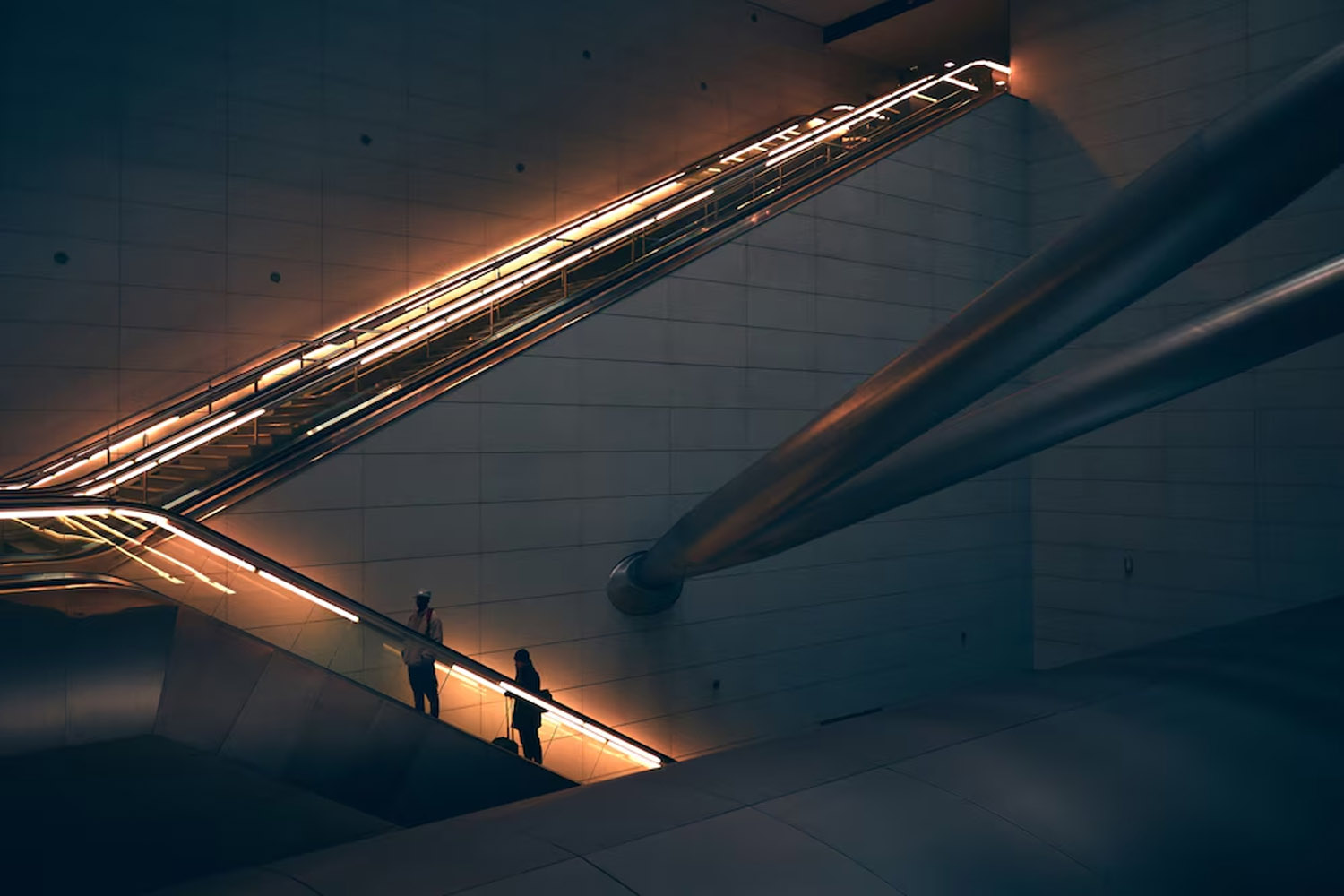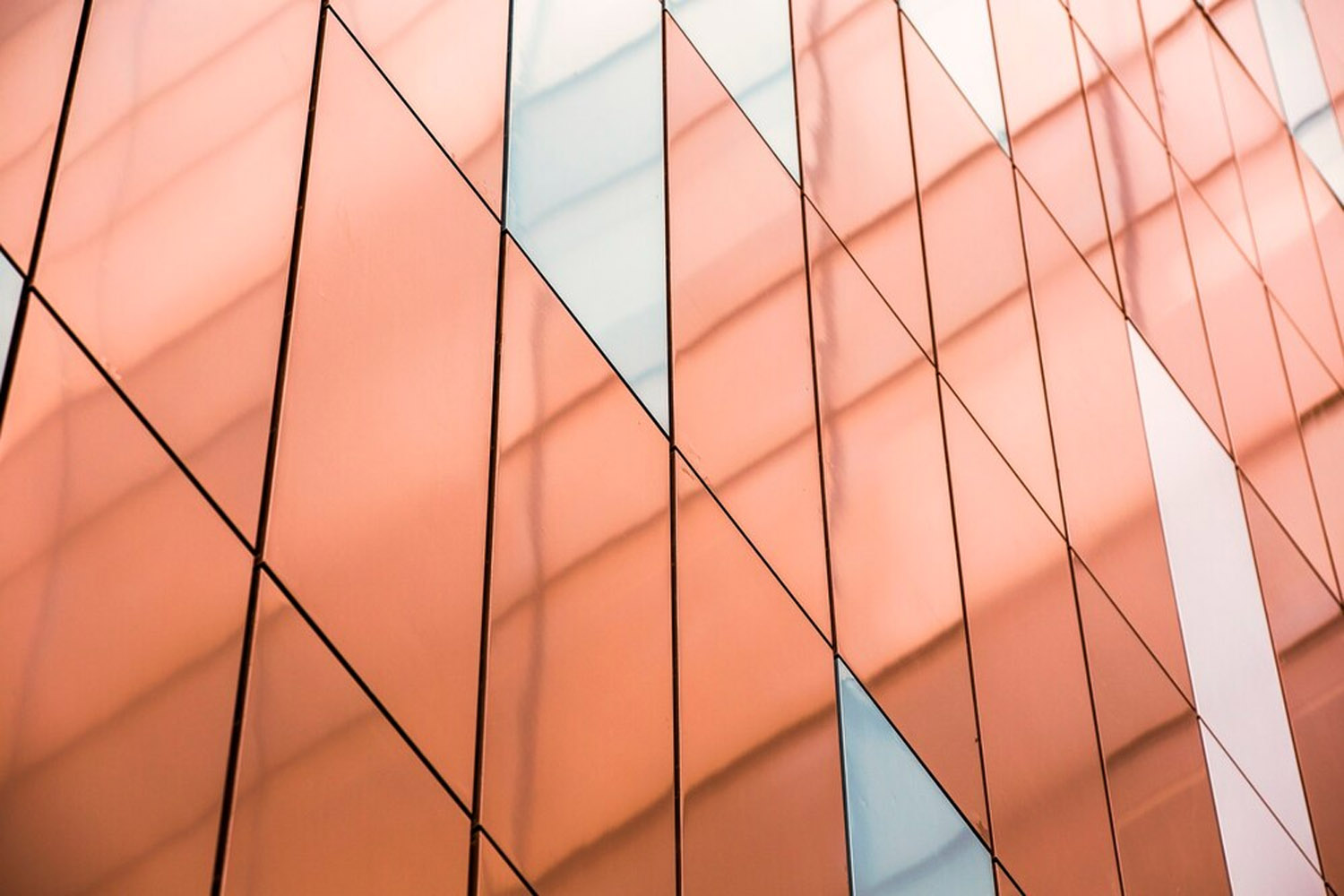
Despite Arizona being one of the world’s most beautiful destinations, the warm temperatures and dry desert climate present some challenges for architects and designers. Without the proper planning and material sourcing, structures can quickly fall prey to the elements, consuming significant energy for cooling and breaking down in the face of the incessant UV exposure. With this in mind, keep reading as we take a look at 6 innovative building materials that are revolutionizing architecture in Arizona and helping create highly sustainable structures amid the desert heat.
1. Recycled Denim Insulation
There may be no place in the United States where adequate thermal insulation is as necessary as Arizona. With parts of the state exceeding 100-degree temperatures for more than half of the year, poorly insulated structures will see A/C consumption skyrocket.
Adding insulation to the walls, roofs, and below grade areas of the structure is an important means of increasing the R-value of the building envelope, limiting the amount of heat moving into the structure and reducing reliance on A/C.
Not only is insulation crucial for promoting the energy efficiency of Arizona buildings, but sustainably-sourced options with low toxicity and small embodied energy scores can improve eco-friendliness even further. Recycled denim insulation is at the top of these sustainable insulation options. In addition to providing an elite R-value that remains stable over time, the reduced reliance on virgin fabrication sources limits waste reduction and keeps denim insulation ahead of evolving energy codes and green building standards.
2. Low-E Windows
The open interior is one of the leading design concepts in modern architecture. It is especially relevant in Arizona, where consistently sunny days can provide ample daylighting and reduce reliance on artificial lighting sources.
Unfortunately, the energy efficiency benefits of natural daylighting can be offset if increased thermal transfer results in elevated A/C usage. As such, more and more structures are employing low-E windows to neutralize this effect. Using glass that is treated with a microscopic, transparent coating, this innovative window system allows light transmission while blocking thermal rays. The result is a bright, naturally-lit interior with none of the subsequent temperature increase at the height of the afternoon.
3. Lighted Handrails

Handrails are receiving increased attention in contemporary structures. They play a key role in both interior and exterior areas. They help promote safety, performance, and aesthetics. Regardless of the material chosen, keeping them adequately lighted at all hours of the day is paramount for handrails to perform these diverse functions.
Traditionally, the options for keeping railings well-lit included overhead incandescent bulbs and/or attaching LED lighting strips. Neither of these options is very efficient. Incandescent bulbs give off a harsh glare and consume a ton of energy, while LED lighting strips lack durability and are difficult to customize for varying rail lengths.
As such, modern properties are sourcing handrail led lighting systems that incorporate innovative LED modules directly into the rail itself. Not only does this guarantee a perfect fit for whatever type of perimeter you are trying to secure, but the LED modules give off a soft, attractive glow that serves as the perfect complement to any nighttime backdrop.
4. Soundproof Doors
Modern buildings are incredibly dynamic. Whether it's a commercial office housing dozens of diverse occupants, a restaurant with a centralized kitchen shared among tenants, or a multigenerational home that includes everyone from grandparents to newborns, the din in contemporary structures can become quite distracting at the busiest times of day.
A sound proof interior door is a great idea for ensuring tranquility in private spaces. Perfect for podcast studios, executive offices, bedrooms, or any other area that requires elite soundproofing, these robust doors ensure that the room’s entrance is not the source of distracting noise transfer when closed.
5. Copper Facades

Arizona is known as copper country. Inspired by the deep red--and noticeably cooler--copper canyons native to the region, architects aimed to mimic the canyons’ design in manmade structures.
The Health Sciences Education Building of the Phoenix Biomedical Campus uses self-shading fissures and a copper facade to reduce sunlight and decrease temperatures by up to 20 degrees in the building’s courtyard on hot days. Employing a custom-fabricated copper skin consisting of arrhythmic striations, this pleated facade is a leading example of how to reduce the negative effects of sun in even the hottest climates.
6. Exterior Sun Shades
As mentioned, increased window area is a great idea in Arizona’s sunny climate. Whether or not your structure does or does not employ innovative low-E windows to limit thermal transfer, adding architectural sun shades to the building’s exterior is a great idea. They can provide a passive means of sun mitigation during the brightest (and hottest) times of year, increasing solar control to serve the building’s lighting needs and reducing reliance on air conditioning for a more comfortable interior.
Materials Leading the Charge in Arizona’s Architectural InnovationWithout the proper material sourcing, the hot desert sun of Arizona can play havoc on buildings’ efficiency. From recycled denim insulation to exterior shading devices, consider any of the revolutionary materials listed above that are transforming architecture in Arizona. For more of the latest lifestyle and design trends in The Valley, explore the content at AZ Foothills Magazine for ideas and inspiration today!
